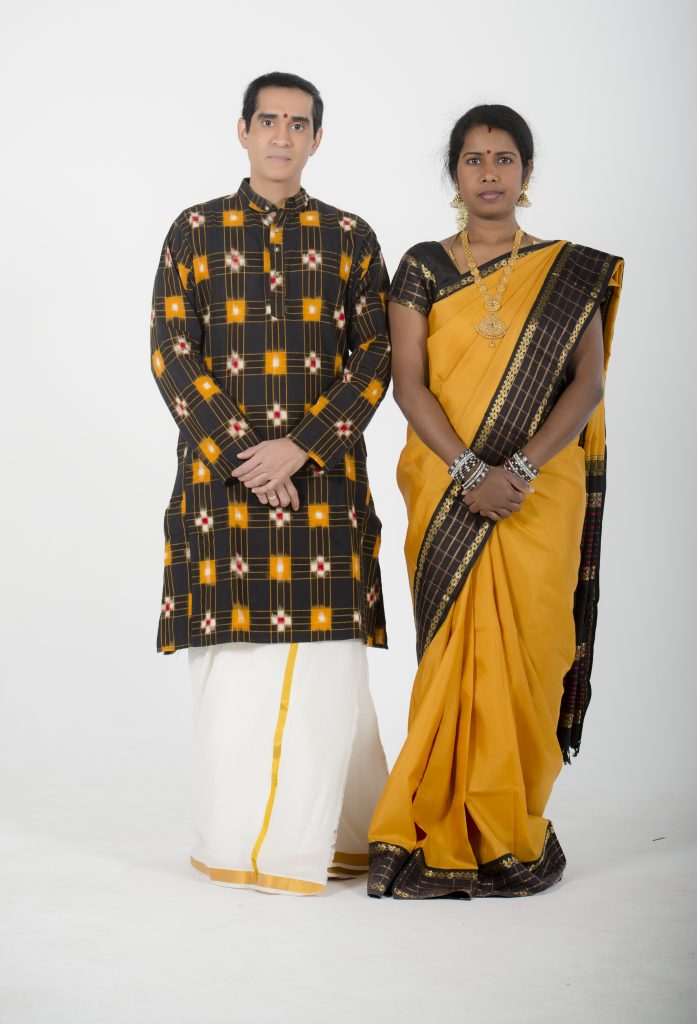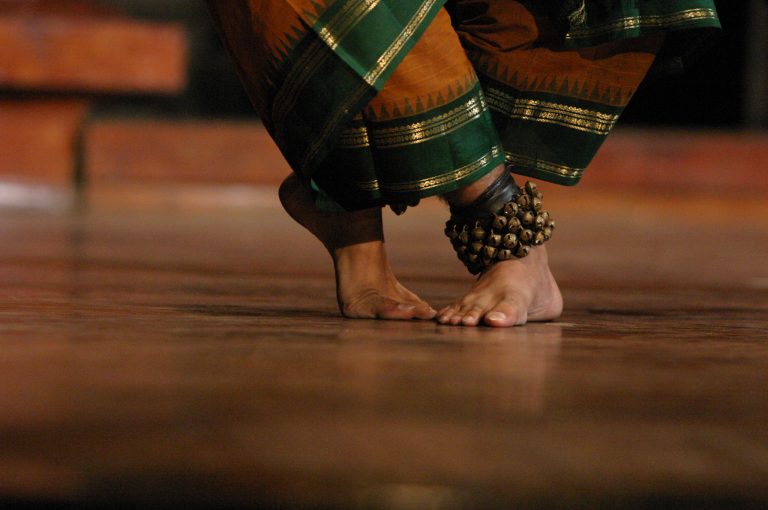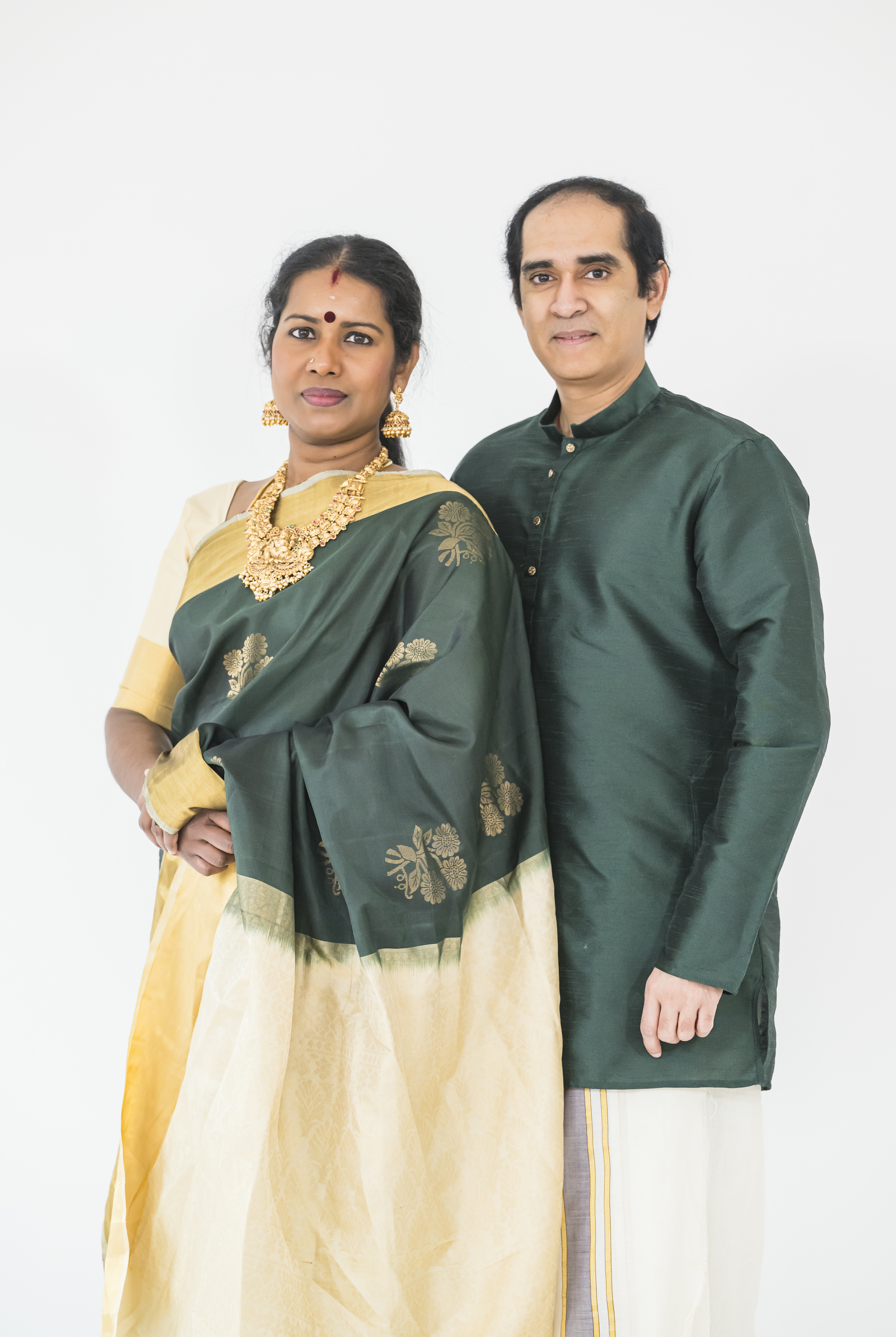Training

Why Us
We prioritize personalized attention and guidance to ensure every student thrives
At Jegatheeswaralaya, we recognize the importance of performance in the learning process. We provide numerous opportunities for our students to showcase their talents, receive feedback, and grow as artists. Our performance-centric approach is designed to help students develop the skills, confidence, and creativity needed to excel in the world of Bharatanatyam. By embracing the stage as an extension of the classroom, we empower our students to become accomplished artists, equipped to inspire, educate, and enrich audiences through their performances.

Individualized Attention: We provide extra support to students who need help with basic rhythm, flexibility, posture, or movement.
Confident Performance: Our training focuses on building a strong foundation in Bharatanatyam, enabling students to perform with confidence and poise.
Flexibility and Strength: Every lesson begins with exercises and stretching to develop the flexibility and strength required for Bharatanatyam.
Injury Prevention: We emphasize the importance of understanding technicalities associated with movement to prevent injuries while dancing.
Motivation and Success: Our experienced instructors motivate and train students to become successful dancers and performers.

Holistic Learning: Our program combines rigorous practical training with comprehensive theoretical foundations, ensuring students develop a deep understanding of Bharatanatyam.
Structured Curriculum: A detailed syllabus and supporting course materials are provided to guide student learning and progression.
Annual Assessments: Students participate in annual examinations, which are formally assessed, and receive certificates upon successful completion.
Language Flexibility: Course materials can be tailored to accommodate your preferred language, ensuring accessibility and ease of learning.
Deepening Understanding: Our instructors motivate and guide students to achieve their full potential, helping them become successful dancers and performers.

Enhances Balance: Bharatanatyam improves balance and poise through various stances, positions, and Karanas, which require holding a single posture for a short period.
Increases Focus: This dance form improves mental and physical agility, requiring dancers to remember Mudras, Hastas, Karnas, beats, rhythm, and movement titles, thereby sharpening cognitive abilities.
Maintains Heart Health: Bharatanatyam is an excellent cardio exercise that promotes heart health by improving blood circulation, pumping, and overall fitness.
Reduces Stress and Anxiety: The physical movement, rhythmic patterns, and emotional expression in Bharatanatyam help to reduce stress and anxiety, promoting mental well-being and relaxation.
Nattuvangam
Nattuvangam is the art of providing musical accompaniment and cues for Bharatanatyam dance performances. Our Nattuvangam training program is designed to equip students with the skills and knowledge necessary to become proficient Nattuvangam artists.
Key Aspects of Our Nattuvangam Training
Theoretical Foundation: Students learn the fundamentals of Nattuvangam, including the understanding of rhythmic patterns, time cycles, and musical structures.
Practical Training: Hands-on training in playing the cymbals and providing vocal cues, with a focus on developing timing, precision, and coordination.
Performance Experience: Students gain practical experience by accompanying Bharatanatyam dancers during performances and rehearsals.
Mentorship: Personalized guidance and feedback from experienced Nattuvangam artists.

Benefits of Our Nattuvangam Training
Enhanced Musicality: Develop a deeper understanding of Carnatic music and its application in Bharatanatyam.
Improved Coordination: Cultivate the ability to provide precise and timely cues for dancers.
Performance Opportunities: Gain experience accompanying dancers during performances and rehearsals.
Career Advancement: Acquire the skills and knowledge necessary to become a proficient Nattuvangam artist and pursue a career in this field.
Join our Nattuvangam training program and embark on a journey to master the art of providing musical accompaniment for Bharatanatyam dance performances.


The Revered Guru in Indian Culture
The Guru holds a revered position in Indian culture, embodying the highest values of knowledge, wisdom, and mentorship. The Guru-shishya parampara, or teacher-disciple tradition, is a sacred bond that transcends a mere teacher-student relationship. On Vijayadasami, the tenth day of Navaratri, students seek their Guru’s blessings, a tradition that motivates them to rededicate themselves to their artistic pursuits.
The Vijayadasami ceremony is a poignant and meaningful ritual that reinforces the Guru-shishya bond. It begins with the Guru offering a heartfelt prayer to Goddess Sarasvati, invoking her blessings upon the students. The Guru then formally initiates the students, marking the beginning of their artistic journey or a new phase in their training. As a mark of respect and gratitude, students prostrate themselves before their Guru and offer Gurudakshinā, a symbolic gift that can include flowers, fruits, or other meaningful items.
The ceremony concludes with a lesson or guidance from the Guru, setting the tone for the student’s continued growth and progress. Through this ceremony, students acknowledge the Guru’s selfless contribution to their artistic development and express their commitment to the Guru-shishya parampara. This timeless tradition continues to inspire and nurture artistic excellence, fostering a deep sense of respect, gratitude, and devotion between the Guru and student.

Vidyārambham is a Sacred Initiation into Learning
Vidyārambham is a revered Hindu tradition that marks the beginning of a child’s educational journey, particularly in the fine arts. Observed on Vijayadaśami, the tenth and final day of Navrātri celebrations, this ceremony formally introduces children to the world of music, dance, languages, and folk arts. The term Vidyārambham is derived from the Sanskrit words “Vidyā” (knowledge) and “Ārambham” (beginning), and the ceremony involves an initiation into the characters of the syllabary, symbolizing the start of a child’s educational journey.
Vijayadaśami is considered an auspicious day to begin learning in any field, and the process of initiation on this day is closely tied to the Āyuda Puja ritual. As part of this tradition, implements kept for pooja are taken up again for re-use, and the goddess of learning, Sarasvati, and teachers (gurus) are revered through the offering of Gurudakshinā. This sacred tradition serves as a meaningful and auspicious start to a child’s educational journey, setting the tone for a lifelong love of learning.

Arangetram
Arangetram, also known as Rangapravesha in Kannada and Rangapravesham in Telugu, is a significant milestone in the journey of a student of Indian classical dance and music. This debut on-stage performance marks the culmination of years of rigorous training and dedication to mastering the intricacies of classical music and dancing. Many Indian classical dance forms, including Bharatanatyam, Kuchipudi, Manipuri, Kathakali, and Mohiniattam, require their practitioners to perform an arangetram, which is a testament to their readiness to perform independently and share their knowledge with others.
The term “Arangetram” is derived from the Tamil words “arangu” (stage) and “etram” (ascent), literally meaning “ascending the stage.” This ceremony has its roots in the ancient devdasi (temple dancer) tradition, where young dancers would perform their debut recital in the temple premises. Today, arangetram is a celebrated event that brings together family, friends, and fellow artists to witness the student’s transition from a learner to a performer.
Arangetram is not limited to dance alone; it can also be performed for vocal and instrumental recitals, such as Mridangam, ghatam, and violin. The ceremony typically involves a series of performances, including a presentation of the student’s skills in various aspects of the art form, such as nritta (technical dance), nritya (expressive dance), and natya (dramatic expression). The event is often accompanied by a ceremonial ritual, where the student seeks the blessings of their guru, family, and the audience, marking the beginning of their journey as a performing artist.
